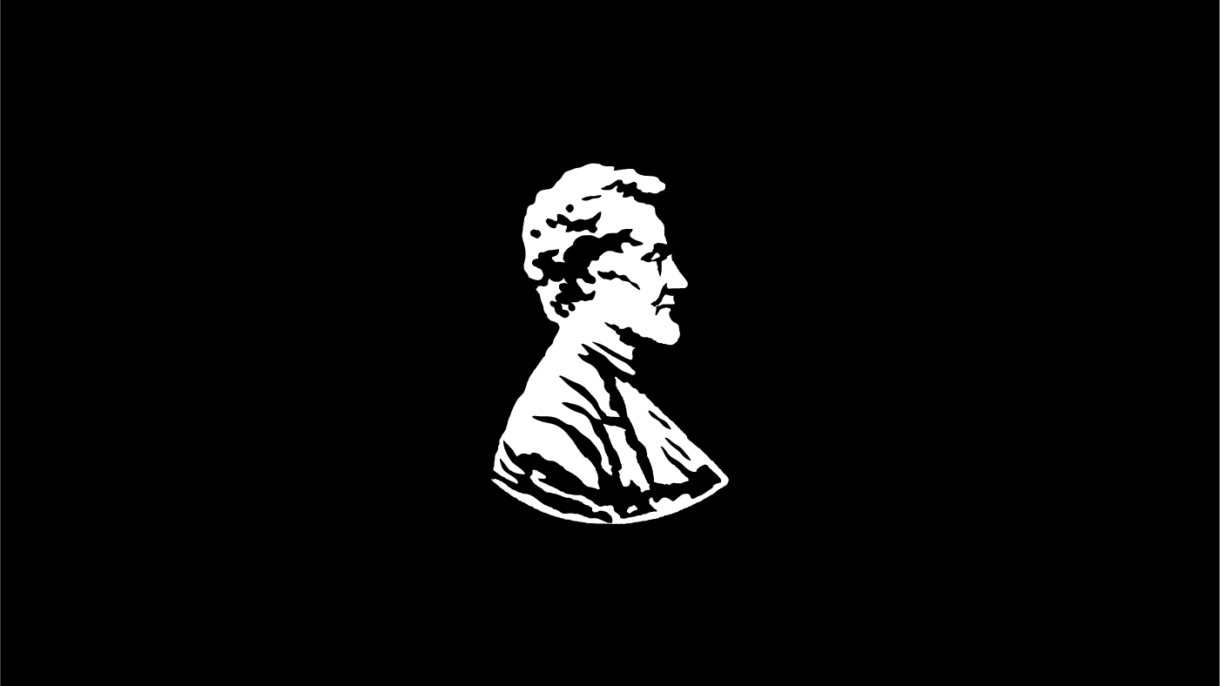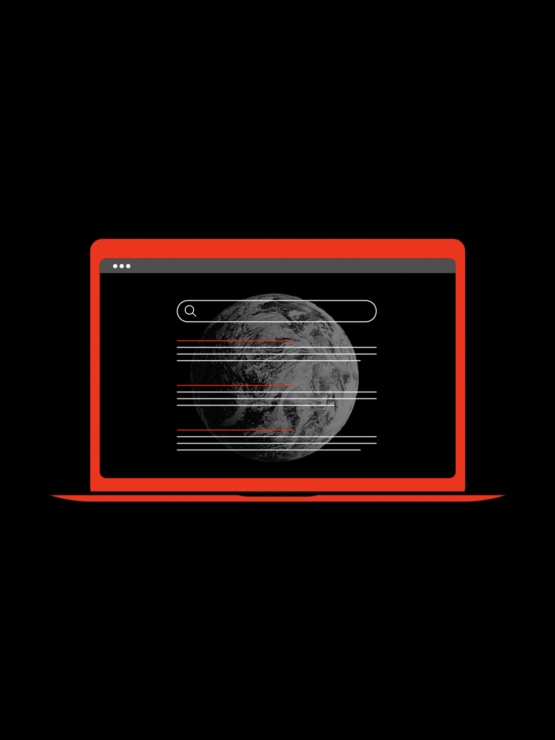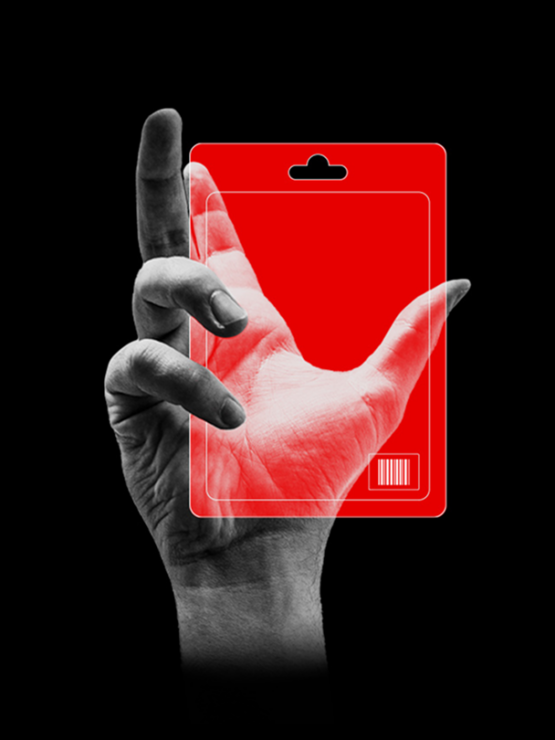Think about the first thing you did when you got to your desk this morning. You got out of the car, said your “hello”s, got your morning drink, and sat down at your desk at 8:00AM. What’d you do? My guess is for the vast majority of you reading this, the first thing you did was check your email. Ten spam deletions, two crises averted, four Facebook notifications, and three quick responses later, it’s 9:30AM and you haven’t done anything yet. Suffice it to say that you already feel bad enough about not getting to your real work, and I’ll http://www.merlinmann.com leave it to the professionals to help you with that, but if you’re a small business owner or if you work at a small business, I have a little bad news cherry to go on top of your I-wasted-an-hour-on-email sundae – that was some good branding time that just got the boot for Facebook.
The Branding Habit
Like the 9th graders I used to teach, I crave structure and predictability during my day. Habits are borne out of that craving. And when I check my email in the morning, it isn’t because there’s something important there – it’s because it’s familiar, and in some weird way comforting. But while I don’t have much choice in whether I find comfort in habits, where I do have a choice (and where you have a choice as well) is deciding the contents of your habit. What I’d like for you to do is choose one habit that you wouldn’t mind letting go of and replacing it with what we’ll call the branding habit. I’m going to choose my morning email routine and push it to mid-morning (and, using Mailbox’s remind me later feature, I’ll save the personal stuff until my end-of-day email check where I have an incentive to move quickly so that I can get home at a reasonable hour).
What to do? What to do?
Now that we have the time carved out, what should we do? We’ve talked at length about the fact that your brand is the response to the stimuli your organization is providing, and the only way to have an effect on your brand is to systematically shift your behaviors and communications toward a desired identity. This is branding – the long, daily process of honing your message. The branding habit has two parts – a list of activities, and the crossing off of those list items. That’s it. As long as those activities are in line with your desired identity, you’re going to be able to go to bed most evenings saying “I did something that positively affected my brand today.” Here are some suggested items for your list:
- Get serious about social media (seriously, it’s time). Update your Facebook page with what’s going on with your company. Like a few things that others are doing while you’re in there. Send a tweet or two, and follow a few people on Twitter that you either know or that your followers know. Do the same for Google+, and make sure that your blog posts are connected to your G+ account (your web guys can help you with this).
- Write the blog post you’ve been meaning to write for the last month. Blogging is great – it’s low stakes, you can speak freely, and people can get a feel for what you’re like through your writing. Try to figure out what your customers would be interested in reading when they’re investigating your product or service and write about it. I guess it goes without saying that you need to make sure that you have a blog on your website, so if you don’t put “Call web guy” on your list.
- Take stock of all of your marketing materials. Put them (business cards, letterhead, envelopes, brochures, 1 sheets, etc.) in a pile on the conference room table and be your worst critic. Do you like what they say about you? Do you like the messaging? Does everything look like it’s speaking the same language? If so, great! If not, schedule a meeting with your designer and copywriter and figure out how to get everything right.
- Call a customer. Ask how they’re doing. See if they’re happy and ask them what you could be doing better. They’re your customers, and if your a good company, they’ll want to help. So let them.
These are just some suggestions. We have a bunch on our list, but it’s important that your list reflects the type of company you are. Twitter not a big venue for your industry? OK. Use LinkedIn. Too busy to blog? Are you sure? OK, then have someone on staff take ownership of that project and give them a salary bump for the extra responsibility. Just make sure that you get stuff on that list, and make sure that each day you cross an item off the list.
Habits can be good or bad. It’s your choice.
Too often we see habits in a negative light, but they can be extremely powerful. Once you remember that you’re in control of the content of the habit, you can use them to your advantage. And while there are a lot of things you can replace your mindless habits with (and some of them are very important and should take precedence), we hope that you’ll consider branding as an option. Complaints? Suggestions? Follow us on Twitter and let us have ‘em: @whitepenny




